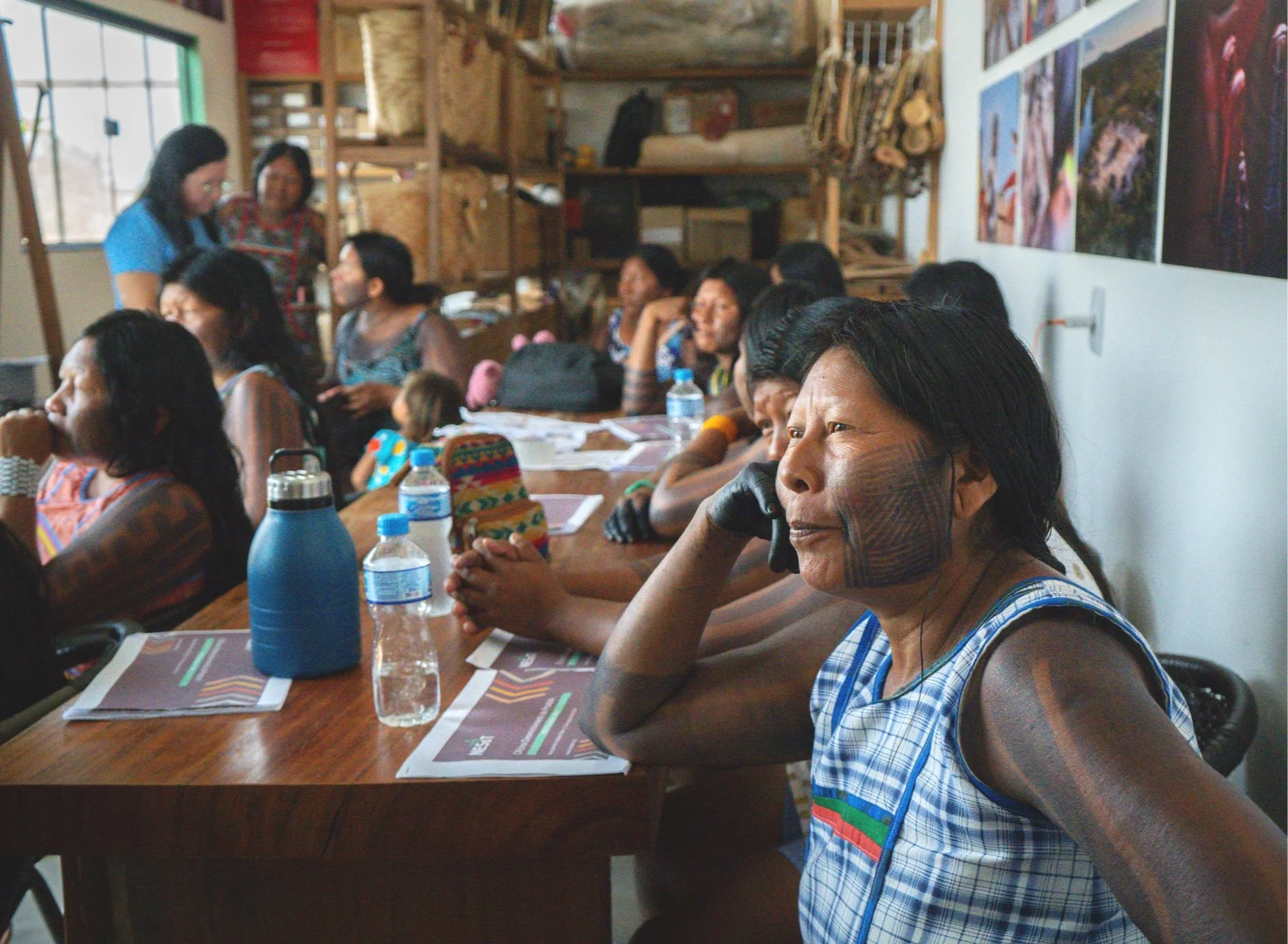Unlocking the Potential of the Global Funding Ecosystem to Invest in a Sustainable Amazon Bioeconomy through the Lens of Local Communities
The Amazon basin is home to over 47 million people and 10% of the Earth’s species; however, it is at risk of disappearing within our lifetimes. The Amazon bioeconomy has emerged as a thriving economic sector, drawing in many investors with climate commitments. Yet most definitions of the bioeconomy do not mention the role of Indigenous Peoples in safeguarding the environment and boosting local economies.
NESsT promotes a vision of the bioeconomy that prioritizes the voices of Indigenous and local communities (IPLC), recognizing the effectiveness of their solutions and inviting them to play an active role in key decision-making processes.
To better understand the needs of NESsT portfolio enterprises led by IPLCs and the communities they serve, from 2022 to 2023, NESsT conducted an extensive study on ten local Amazonian enterprises that have received funding from Development Finance Institutions (DFIs), International Development Agencies (IDAs), and private sector investors.
The NESsT team conducted over 40 in-person interviews with the leadership teams, employees, smallholder farmers, and community members of the bioeconomy enterprises. All ten enterprises produce sustainable products and are committed to protecting local biodiversity and improving the livelihoods of IPLCS where they operate.
Get the NESsT Amazon Bioeconomy Recommendations
Amazon Bioeconomy Blog Series
Indigenous Peoples remain largely underrepresented in global decision-making spaces — revealing a contradiction between their leading role in protecting nature and their absence from the forums where environmental and economic policies are defined. This exclusion is no coincidence: it reflects historical, linguistic, financial, and political barriers that limit the access of those who live in and protect the territories to the tables where the future of biodiversity and the economy is decided.
Today, only a small share of the credit offered by financial institutions reaches those who protect the forest. If governments and multilateral organizations work together to change this, sustainable businesses can thrive — and so can the Amazon.
When structured effectively, blended finance can connect entrepreneurs who need support with investors who care about impact. To make this model easier to understand, NESsT has created an infographic that clearly shows how blended finance works in practice and highlights its role in the Amazon impact ecosystem. This visual tool breaks down complex financial ideas into simple language, making it valuable for entrepreneurs, policymakers, partners, and anyone interested in advancing the Amazon bioeconomy through innovative financing.
Many community-based enterprises in emerging sustainable socio-bioeconomy value chains lack the means and infrastructure to adopt digital monitoring and communication tools to track forest conservation and improve their production processes. With support from Cisco Foundation, in 2021, NESsT launched a search for early-stage technology enterprises that provide sustainable livelihoods to underserved communities and regenerate the environment. Read more about the initiative learnings here.
Our work on the ground in Brazil’s Amazon region has consistently shown that increasing women's participation is critical for the socio-bioeconomy to become a robust and sustainable national development strategy.
In this blog, we speak with bioeconomy entrepreneurs to better understand the challenges they face when applying for funding from multiple sources. Read it now to learn how complex application criteria and reporting demands impact their businesses and explore actionable recommendations for how the funding community can help ensure more equitable, inclusive access to financing.
NESsT’s recent study and extensive research identifies that the term ‘bioeconomy’ is often broadly interpreted by bioeconomy funders and global policymakers, sometimes straying far from a vision of environmental stewardship. We interviewed Indigenous leaders and entrepreneurs as part of ongoing efforts to deepen our understanding of their perspectives, vision and expectations of the bioeconomy as not just as an economic model, but as a way of life rooted deeply in ancestral tradition.
This blog delves into the methodology behind NESsT’s publication to improve the targeting, accessibility, efficacy, and efficiency of investments in the Amazon bioeconomy; it homes in on NESsT’s firm intention to bring local voices to global discussions around Amazon bioeconomy funding and explores how NESsT anchored the publication in authentic narratives and diverse Amazonian contexts while tailoring the message for the international financing community.
Contact
Project Lead: Cairo Milhommen Bastos
Email address: cbastos@nesst.org
Cover photo: Kemito Ene, © Daniel Martínez / WWF Peru









